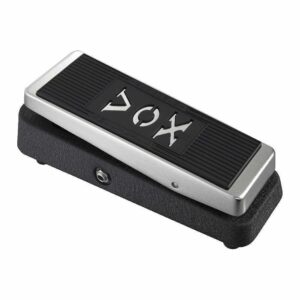The evolution of rock music instruments used in bands from the 1950s to the 1960s was significant in shaping the sound and style of rock and roll. This period marked a significant change in the way music was produced, recorded, and performed. The introduction of new technologies, innovations in musical instruments, and the growing popularity of rock and roll music led to significant changes in the sound of rock and roll.
In the 1950s, most rock and roll bands consisted of a guitarist, a drummer, a bassist, and a pianist. Guitars were typically played with a single pickup, and most musicians favored the Fender Telecaster or Stratocaster models. Drums were typically a simple setup consisting of a bass drum, snare drum, and hi-hat cymbals. The piano was used for rhythm, and the bass was used to anchor the beat.
1960s Brought Big Changes

In the 1960s, the sound of rock and roll music changed dramatically. Bands began to experiment with new sounds and styles, incorporating a wider variety of instruments into their music. The refinement of the electric guitar was a major turning point in the evolution of rock and roll. The Gibson Les Paul and Fender Stratocaster became popular among musicians, and the use of amplifiers allowed for the creation of new and innovative sounds. The use of pedals and effects also became popular, and musicians began to experiment with distortion, reverb, and echo.
Bassists began to experiment with new sounds as well, incorporating the use of fuzz bass and distortion pedals. The use of the Moog synthesizer also became popular among musicians, and this instrument allowed for the creation of new sounds and textures. Keyboards and organs were also used more frequently, and this helped to create a more complex and sophisticated sound. Saxophones and horns all but disappeared.
The drums were also updated and improved, with the introduction of new drumheads, cymbals, and sticks. The use of toms, which were originally used in jazz, became popular in rock and roll music and helped to create a more complex and powerful sound.
So the evolution of rock music instruments from the 1950s to the 1960s was significant in shaping the sound and style of rock and roll. The introduction of new technologies, innovations in musical instruments, and the growing popularity of rock and roll music led to significant changes in the sound of rock and roll. These changes helped to establish rock and roll as a distinct musical genre and set the stage for its continued evolution in the decades to come.